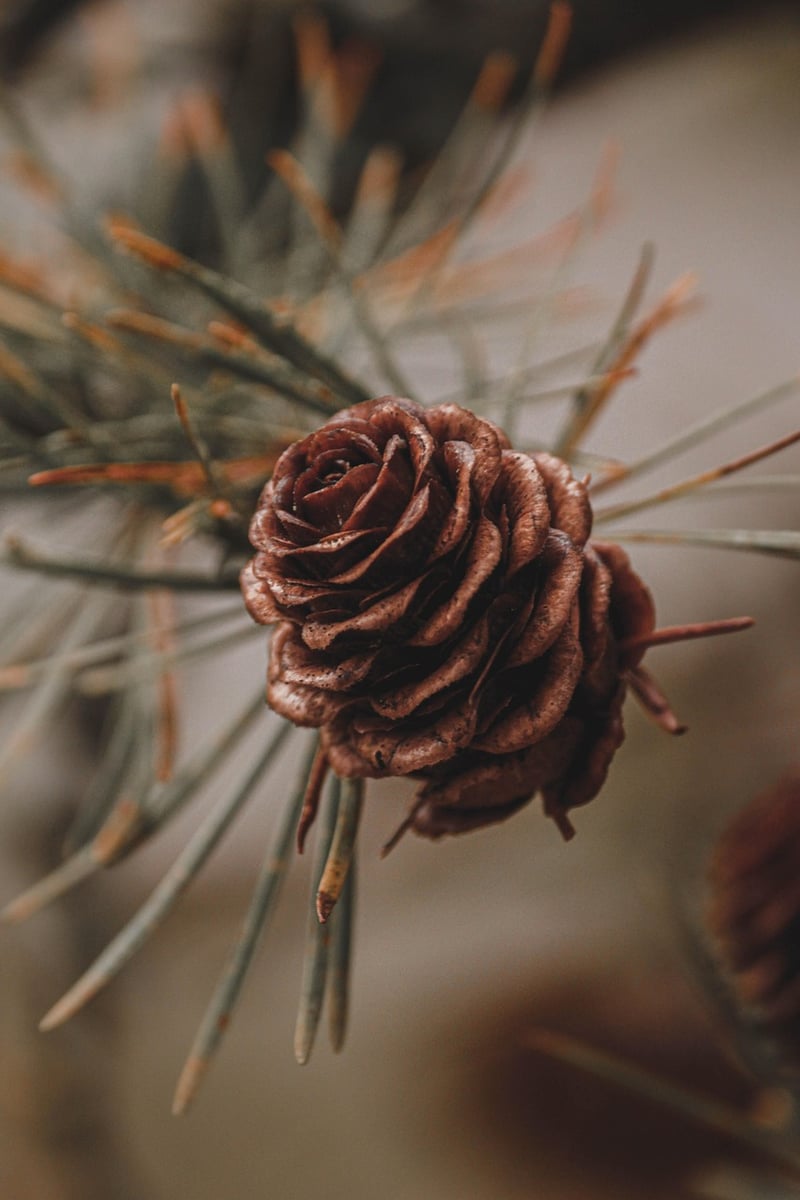Pruning Techniques
Essential Plant Care Advice and Pruning Techniques
Introduction
Welcome to our guide on essential plant care advice and pruning techniques. Whether you're a seasoned gardener or just starting, taking care of your plants and knowing how to prune them correctly is crucial for their health and growth. Let's dive into some valuable tips and techniques that will help you maintain healthy and thriving plants.
Plant Care Advice
1. Watering
Watering is fundamental for plant growth. Different plants have varying water requirements, so it's essential to research and understand the needs of each species. Overwatering can lead to root rot, while underwatering can cause wilting. Find the right balance for optimal plant health.
2. Sunlight
Sunlight is a primary source of energy for plants through the process of photosynthesis. Be aware of your plant's sunlight requirements – some prefer full sun, while others thrive in partial shade. Place your plants accordingly to ensure they receive adequate sunlight.
3. Soil and Fertilization
Good quality soil provides essential nutrients for plant growth. Ensure your plants are potted in well-draining soil that is rich in organic matter. Additionally, fertilize your plants regularly with a balanced fertilizer to support healthy growth.
4. Pruning Techniques
Pruning is a vital aspect of plant care that involves removing dead, damaged, or overgrown parts of the plant. Proper pruning encourages new growth, improves air circulation, and enhances the plant's overall appearance. Here are some essential pruning techniques:
Pruning Techniques
1. Deadheading
Removing spent flowers encourages the plant to produce more blooms. Use clean, sharp shears to cut the flower stem just above a set of leaves or a node.
2. Thinning
Thinning involves selectively removing branches to improve air circulation and reduce overcrowding. This technique helps prevent disease and promotes healthy growth.
3. Heading Back
Heading back entails cutting back the tip of a branch to encourage bushier growth. This technique is useful for shaping plants and controlling their size.
4. Rejuvenation Pruning
For older or overgrown plants, rejuvenation pruning involves cutting back the entire plant to stimulate new growth. This technique is beneficial for revitalizing neglected or leggy plants.
Conclusion
By following these essential plant care tips and mastering pruning techniques, you can ensure the health and vitality of your plants. Remember to observe your plants regularly, adjust your care routine as needed, and enjoy the beauty they bring to your space.

For more detailed guidance on plant care and pruning techniques, consult with local gardening experts or refer to reputable gardening resources. Happy gardening!
